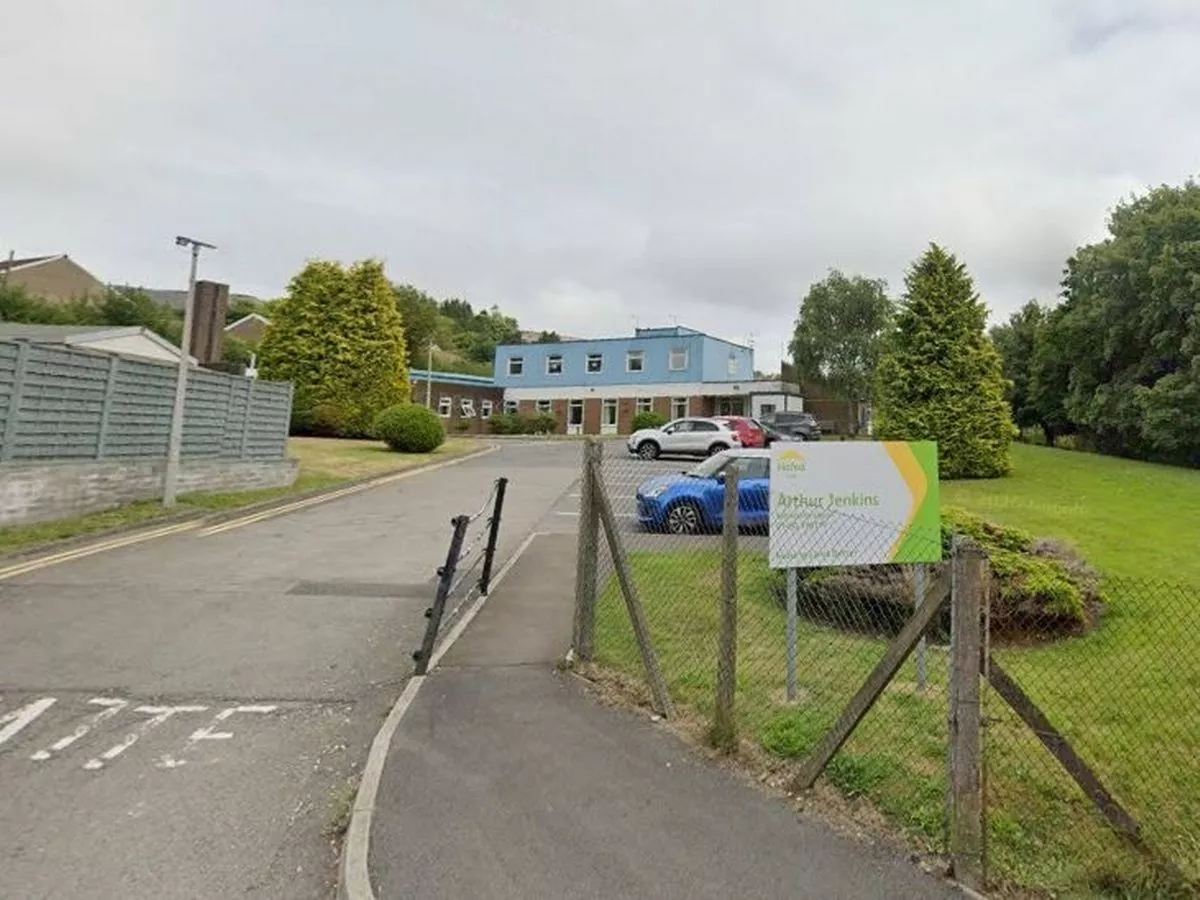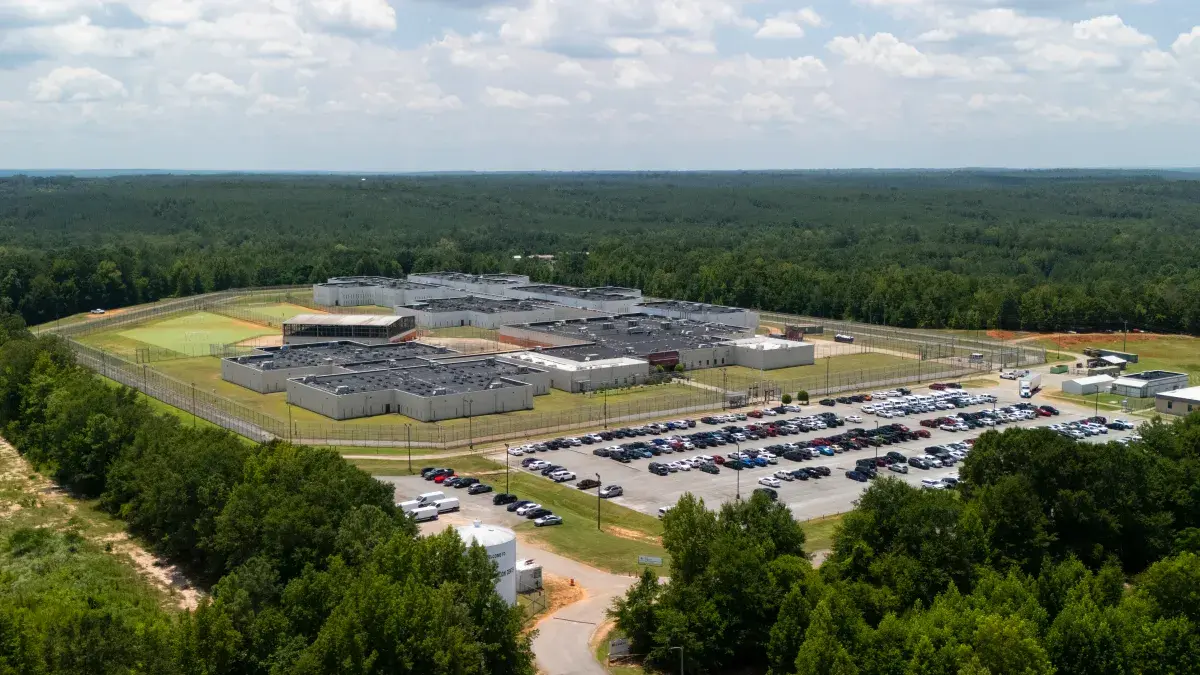
More than half a million Californians live among waterways in low-lying towns of the Sacramento-San Joaquin Delta, where 1,100 miles of levees made of dirt and rocks protect homes from nearby rivers.
Pamela Bulahan is one of them, and she remember being 9 back in 1972, when one of those earthen barriers failed and water surged toward the town of Isleton, inundating streets.
“It was almost like a mini tidal wave,” Bulahan said.
The floodwaters in the small city southwest of Sacramento covered her family’s yard, then poured into the house. Her parents had to take out a loan to rebuild.
Today, Bulahan still lives in the same house, and she and thousands of homeowners in the region are insured against flooding thanks to the National Flood Insurance Program (NFIP), which backs policies sold by private insurers and gives her “peace of mind” that if another flood comes, she will be well covered.
But the flood insurance program is administered by the Federal Emergency Management Agency, and the Trump administration says that agency is in need of a major overhaul.
Homeland Security Secretary Kristi Noem has said she wants to “eliminate FEMA as it exists today and streamline this bloated organization into a tool that actually benefits Americans in crisis.”
The flood insurance program might even be eliminated, experts say.
That leaves Bulahan and about 180,000 other California property owners in limbo.
Bulahan, who is a member of Isleton’s City Council, fears that if the flood insurance program is eliminated, private insurers would charge much more while providing less coverage.
An estimated 7 million Californians live in areas at risk of flooding, but only about 7% of them have flood insurance.
Most of the federally backed flood insurance policies in California cover homes and businesses in the low-lying Central Valley. Others are for properties in Los Angeles, San José, San Diego, Sonoma and other cities, as well as rural areas.
President Trump has appointed a new council to remake emergency and disaster response.
And a group of experts has begun strategizing a Plan B for California property owners so that hundreds of thousands of people are not left uninsured. They say the work is urgent.
Nicholas Pinter, a UC Davis professor, said the NFIP plays a vital role backing policies for homes and buildings in low-lying areas that otherwise would struggle to secure insurance.
“At least in the short term, any property that lost its NFIP, its government-backed policy, is on its own uninsurable and probably unsellable without that,” Pinter said.
The federal flood insurance program is not necessarily going away, though. Members of Congress have proposed bills to reauthorize it and revamp FEMA. Pinter said he and other experts are closely watching the legislation.
The National Flood Insurance Program will lapse if not reauthorized by Congress by Tuesday, Sept. 30, and some fear that efforts to extend the program could get caught up in the fight over the budget and a potential government shutdown.
The nonpartisan Congressional Research Service said in a recent analysis that if the program is not reauthorized, its authority to provide new flood insurance contracts would expire and its ability to borrow funds from the Treasury would be sharply limited.
Residential and commercial property owners are required to buy flood insurance in low-lying zones designated as a “special flood hazard area.” The Congressional Research Service said the expiration of the program would have “potentially significant implications” because if flood insurance is unavailable, the buying and selling of real estate in these areas would be “significantly hampered.”
Pinter said that could mean drastic changes, possibly dismantling a half-century of U.S. policy on dealing with natural disasters. He likened the potential upheaval to a storm on the horizon, an “incredibly turbulent environment with looming thunderheads in all different directions.”
“All of this is scary,” he said. “All the ground rules for 50 years are either being overturned or are at risk of being overturned.”
On the positive side, Pinter said, California would be relatively well-positioned to set up its own state flood insurance program, if necessary. He and other experts said in a report that California has needed far less federal aid than other states with more severe flooding.
Nationwide, the program supports more than 4.7 million flood insurance policies, which provide more than $1.2 trillion of coverage.
Pinter said California could establish its own flood insurance program if it’s forced to — like the state plan that now provides basic fire coverage for homes in areas with high wildfire risks.
California has had dangerous inundations, including 1861-62 floods that left Sacramento underwater, the deadly Los Angeles flood of 1934, and devastating debris flows following intense rains that struck the coastal town of Montecito in 2018.
Scientists project that California’s storms and floods will get more intense because of human-caused climate change. Storms are able to dump more rain because warmer air can hold more water vapor.
A catastrophic flood could put many areas of the state underwater, threatening lives and property on an unprecedented scale, experts say.
A state flood protection plan for the Central Valley, which was adopted in 2023, estimated that an extreme flood could cause $1 trillion in damage — about four times more than the tallied damage and losses in this year’s Palisades and Eaton fires.
In Isleton, some homeowners have flood insurance, but many don’t. About one-fifth of the city’s nearly 800 people live in poverty, according to Census figures.
In an effort to ensure some flood coverage in Isleton, the state Department of Water Resources has provided $100,000 to start a new community-based insurance program in the town, the first of its kind.
The $2.5-million policy, through the company FloodFlash, is designed to help residents with their immediate needs in the event of a disaster, said Kathleen Schaefer, a researcher who studies ways of addressing flood risks and who helped secure funds for the pilot program.
The community policy, however, would not cover all the damage from a major flood.
Bulahan said she has affordable coverage thanks to the National Flood Insurance Program, and she hopes Congress will keep the program going in some form.
Her policy covers up to $250,000 in damage.
When the flood struck her community in 1972, FEMA hadn’t been created yet, and Bulahan’s parents didn’t know about the new federal insurance program. So they relied on a loan from the Small Business Administration, gutted the damaged walls, and raised the foundation as they rebuilt the house.
Bulahan said that if Trump gets his way and federal disaster programs are radically altered, she and many other people will need to find other ways to protect themselves without relying on the federal government.
“I expect him to cause chaos,” she said, referring to Trump and his administration. “They’re cutting everything. So it’s going to be like back to the 1930s or before, when there wasn’t anything for anybody.”



